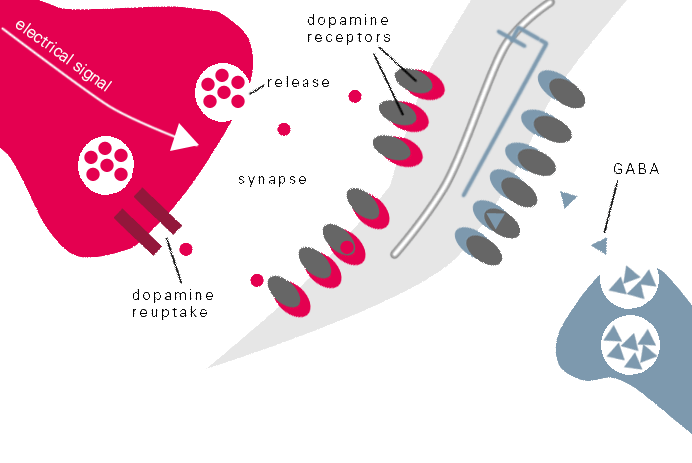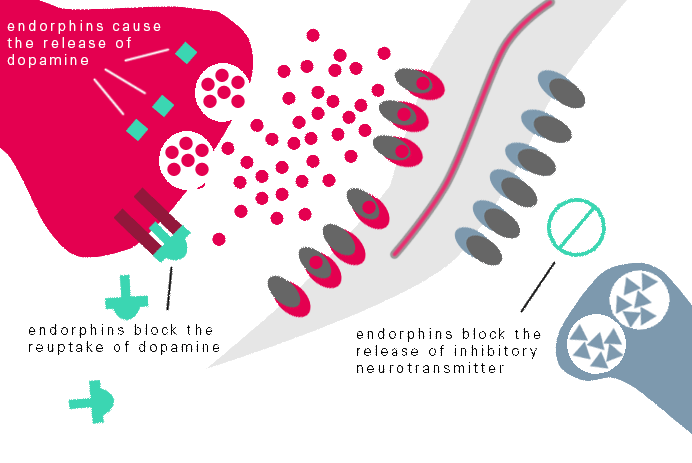

figure 3: an example of a healthy reward system
background
Ray Blanchard, a psychologist with the Centre for Addiction and Mental Health (CAMH) developed an objective test to determine the presence of autogynephilia. Blanchard defines autogynephilia as “a male’s propensity to be sexually aroused by the thought of himself as a female” (Blanchard, 1989, p. 616). He derived the term from its Greek roots, love of oneself as a woman (Blanchard, 1991, 2005), and later, he expanded the term to denote “a male’s paraphilic tendency to be sexually aroused by the thought or image of himself as a woman and refers to the full range of erotically arousing cross-gender behaviors and fantasies” (1991, p. 235). The definition is not limited to male-to-female transsexuals. Auto-eroticism exists in non-transsexuals as well, including cross-dressers with transvestic fetishism or transgendered natal males who do not identify as female on a persistent basis.
However, automorphophilia is much broader than autogynephilia (e.g., the thought that produces sexual arousal). Automorphophilia is the euphoria and exhileration as a result from the thoughts surrounding gender transition, which satisfy the diagnostic characterists of a behavioral addiction. [Click here to read the diagnostic characteristics of behavioral addictions]. An individual with an affected automorphophilic addiction disorder engages in thoughts with ever increasing intesity surrounding gender transition to get the same level of satisfaction.
In addition to Blanchard, Michael Bailey also developed an objective test for autogynephilia. However, Bailey's test is much simpler than Blanchard's, which reportedly includes approximately one hundred questions.
In Michael Bailey's book, The Man Who Would Be Queen, ©2003, Joseph Henry Press, ISBN 0-309-08418-0, Bailey provides a test to distinguish an autogynephilic transsexual from a homosexual transsexual. [1] The test appears on page 193. Bailey's test includes a number of questions. The question are grouped, some have a value of +1; others have a value of -1. If the sum of the score gets to +3, Bailey instructs you to stop. The transsexual is autogynephilic. If the sum gets to -3, the subject is homosexual.
+1 As a child, did people think you were about as masculine as other boys?
+1 Are you nearly as attracted to women as to men? Or more attracted to women? Or equally uninterested in both? (Add 1 if "Yes" to any of these.)
+1 Were you over the age of 40 when you began to live full time as a woman?
+1 Have you ever been in the milirary or worked as a policeman or truck driver, or been a computer programmer, businessman, lawyer, scientist, engineer, or physician?
-1 Is your ideal partner a straight man?
-1 As a child, did people think you were an unusually feminine boy?
-1 Were you under the age of 25 when you began to live full time as a woman?
-1 Have you worked as a hairstylist, beautician, female impersonator, lingerie model, or prostitute?
Only one question is necessary to determine automorphophilic addiction.
Has anyone who knew you as a toddler at 18 months or thereabouts reported that you tugged on your clothing in an apparent attempt to remove gender appropriate clothing?
If yes, the person suffers from a gender identity disorder. If in the case of a male child the answer is no and if the first incidence of proclivities towards cross gender behavior occurrs at age 5 or thereabouts or age 11 or thereabouts, the male-to-female transsexual suffers from an affected automorphophilic addiction disorder. If in the case of a female child the answer is no and if the first incidence of proclivities towards cross gender behavior occurrs at age 4 or thereabouts or age 10 or thereabouts, the female-to-male transsexual suffers from an affected autoandrophilic addiction disorder.
The reason stems from the fact that gender identity is formed early in life within the first 12 to 18 months of age, earlier than a person's sexual awareness (e.g., what sexually arouses you).


figure 4: an example of the synaptic exchange in a reward system suffering from addiction
Automorphophilic Addiction versus Gender Identity Disorder
Gender identity disorder occurs naturally when you raise a sexually developed individual in the context of the opposite gender. [Diamond, Milton, psychologist] David Reimer was one such individual. Reimer's parents engaged John Money, a psychologist with the gender clinic of Johns Hopkins University, to assign David as a female, after a botched circumcission left David with a mangled penis. [e.g., the famous John/Joan case] Ultimately, Milton Diamond exposed Money as a fraud when he tracked down the Reimer twins and discovered David Reimer had rejected his female gender.
Gender identity disorder is absent in individuals who are sexually developed at birth.
All individuals who are sexually developed at birth and effect a gender transition have an affected automorphophilic addiction disorder. The disorder is not related to sexual orientation. Further, all individuals, who are sexually developed at birth and effect a gender transition, have a father, an uncle or some other male ancestor in their family tree, who has or at one time had clinical addiction.
The following table illustrates how automorphophilic addiction disorder differs from gender identity disorder or gender dysphoria.
| |
automorphophilic addiction disorder |
gender identity disorder |
| onset of the disorder |
Synchronized with the time of sexual awareness: In the case of a male, the disorder emerges at age 4 or 5 or at age 11 and is synchronized with sexual awareness (e.g., what arouses the individual). In the case of a female the disorder emerges at age 4 and is synchronized with the child's sexual awareness. |
Synchronized with the time of sexual identity: The disorder emerges at age 18 months and is synchronized with the moment the child identifies with their respective sex. |
| transition duration |
Perpetual: After the individual commits to a gender transition, the individual fixates on his / her gender transition from that point forward, until which time the addiction reaches phase V, Exhaustion. |
Definitive: The indivdual usually affects a gender transition over a brief period, typically two to three months. After a gender transition the effected individual has little interest in the topic. |
| transition emphasis |
Omnipresent: The effected individual immerses himself or herself in all things relating to gender transition. These individuals spend enormous amounts of time and energy on the transgender topic. |
Limited: The effected individual seeks surgical procedures to align their bodies to their anatomical sex, after the surgery is complete, they never revisit a gender transition. |
| sexual preference |
Insular: The effected individual tends to seek sex partners, who are themselves within the community of transgender individuals. What these people find exciting and exhilerating in themselves, they find exhilerating in a sexual partner. Alternatively, in late stage of life, transitioners these individuals transition a current spouse to accepting them as transgender. However, in the case of the transitioner who maintains his or her marriage over the course of his or her transition, the primary fascination is their own transition and not their spouse. |
Normative: The indivdual with a gender identity disorder typically seeks people outside the transgender community. |
the relationship between automorphophilia and behavioral addiction
In fact, the disorder is easy to detect subjectively. Automorphophiles have a common personality sketch. In the case of a male it is all about him as "her". The automorphophile talks endlessly about his transition, his electrolysis sessions, the development of his breasts, the development of his body, his medication protocol. The automorphophile can't talk enough about his gender transition—which was barely on the radar screen a short time ago—even after undergoing procedure after procedure, nor consume enough of other people's gender transition. The automorphophile has volumes of images of himself in all stages of transition, with particular emphasis on the images in which he looks remotely "passable" as a female.
The automorphophile demands the people around him contribute to his living, breathing delusion that he is female were it not due to some nebulous cosmic accident (e.g., the birth defect of having the healthy anatomy of the opposite sex). The automorphophile demands sympathy from the greater population. The automorphophile regards himself as somewhat passable even though to the greater population, he or she clearly isn't and often becomes outraged at any violation to his otherwise fragile sense of self.
"Even the most passable transsexuals fail to pass 100% of the time," Maxine Peterson says. Maxine Peterson, a.k.a., Leonard Clemensen in prior work, is a clinical researcher, who works alongside psychologist Dr. Ray Blanchard at the Gender Identity Clinic at the CAMH.